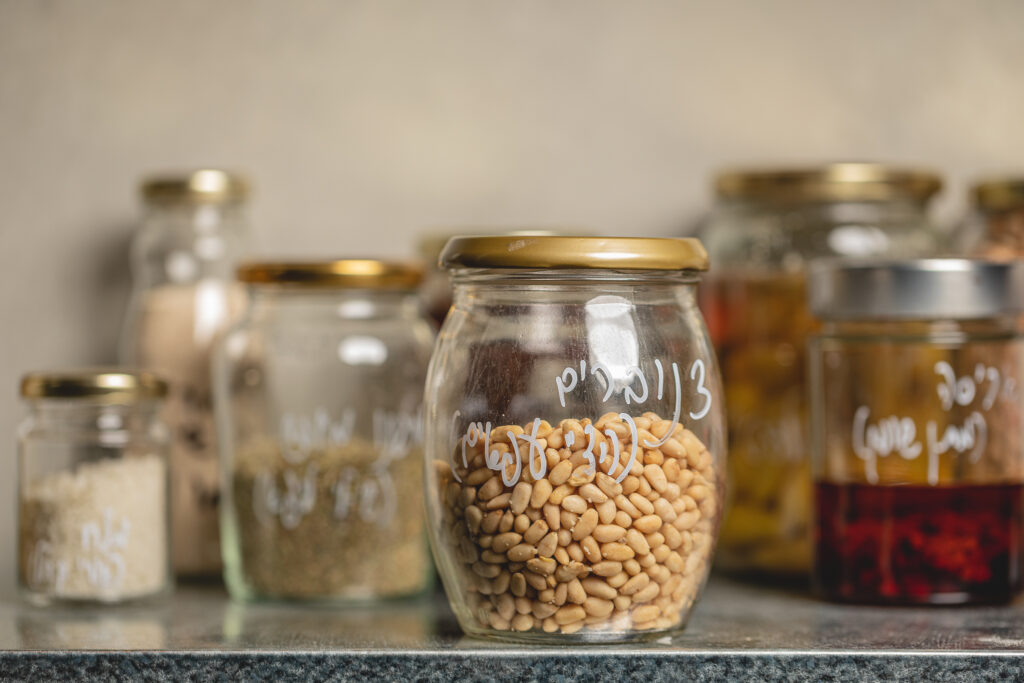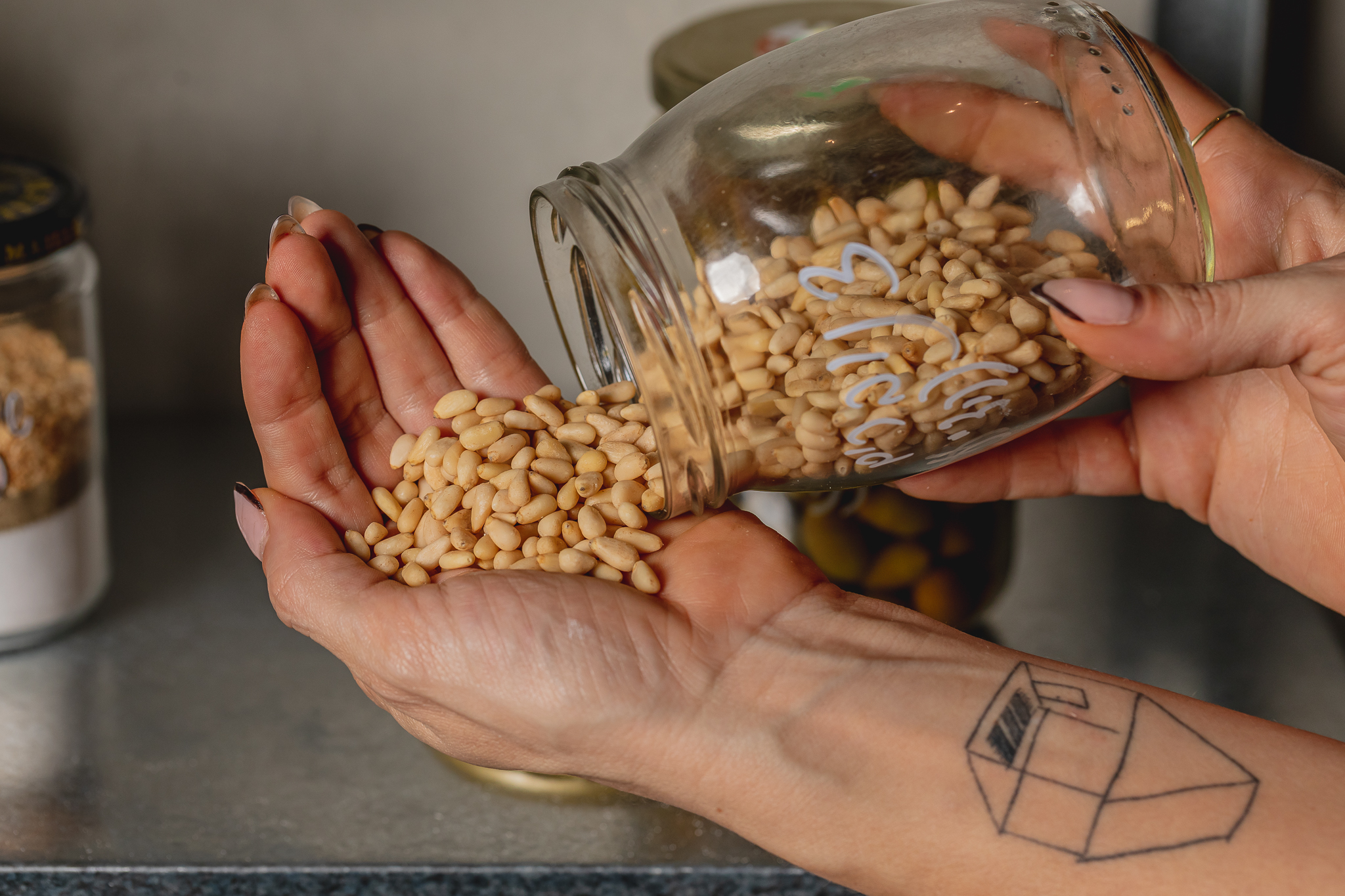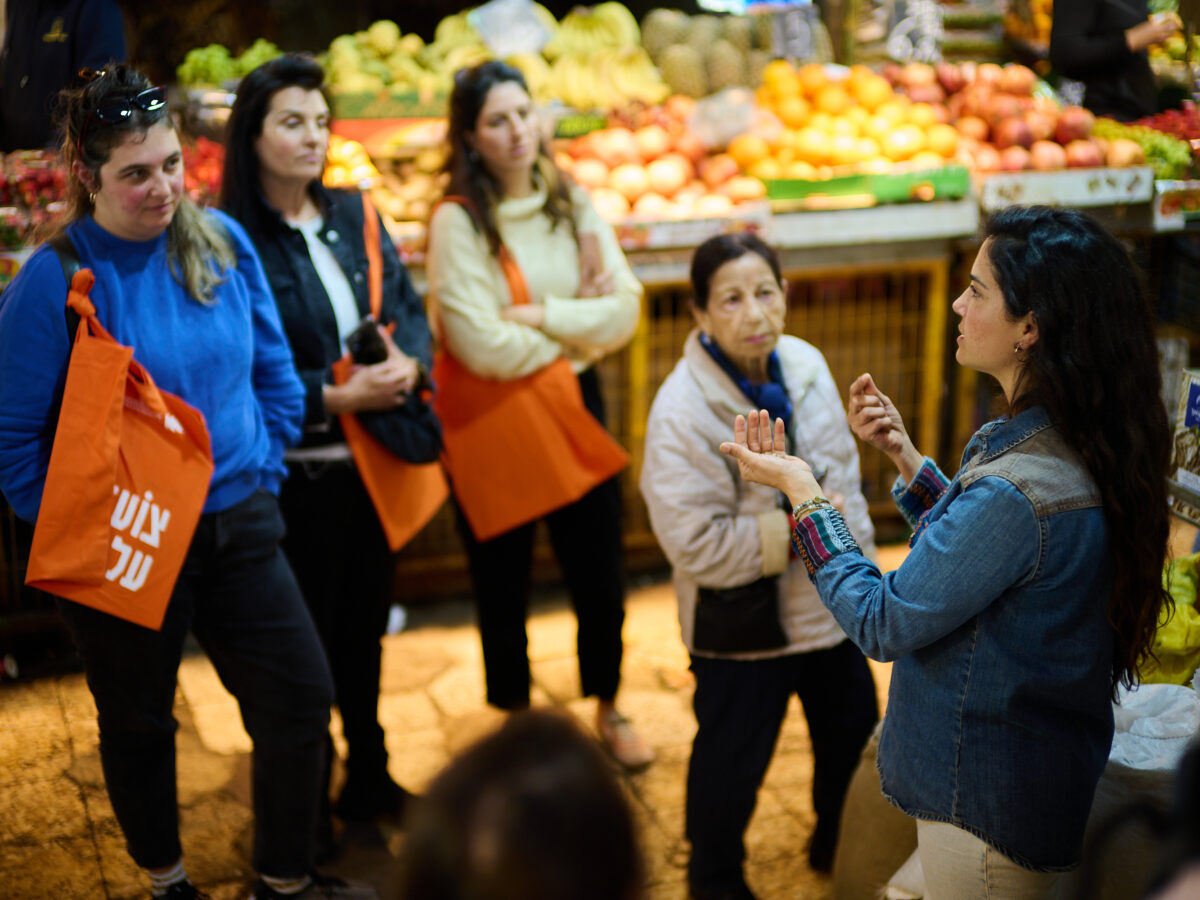I was born and raised on Mount Carmel amidst soaring and dense pine trees. Their canopies kissed the water tanks and cast their shade all over the yard of our home where I spent my childhood, and their golden pine needles hid the soil, like a sun bursting into thousands of rays of light.
The humble gate at the end of our garden was always open, stretching from the pine grove into the lone tree hill, and then down the ridge, to the sea. At their feet, the cyclamen-adorned limestone rocks, along with a sea of crocus and buttercup flowers, and some oak and carob trees, became my whole world, everything I called “nature.” In my young mind’s eye, this was how the world looked from time immemorial, until we came to destroy it and dress it with concrete and cement. Ancient dinosaurs must have paraded between these trees, while wild monkeys hanged from their branches and a giraffe and a lion hid behind them, just like in the beloved Israeli children story “Mitz Petel.”
Midway to the treetops, the mighty hands of my father made us a treehouse, like a castle moving in the wind. An endless ladder led to this fabulous palace, and I spent most of my time between its walls, surrounded by resilient trees, rather than in our plaster-sprayed brick house. My father also gave me a pocketknife, and I used it to carve work tools and powerful weapons: a slingshot and a pirate sword for fights with the neighbors’ children.
During breaks from our explorations and when the fierce battles ceased, my siblings and I would sit on a rock or the floor of our treehouse, and each of us would pull out their booty: pine nuts in their shells that colored our tender hands when we collected them from between the pines. Each one of us had his own flat stone or a broken tile to crack them open. At first, we ate a mouthful, then we started collecting them into a common bowl, zealously storing each seed, accumulating the golden seeds as if they were a royal treasure. When darkness fell, we would climb the stairs back home and deliver the precious booty to our mother, so she could add it to our dinner omelet or rice. Mom would collect her fee, then prepare the evening’s stew, pouring it into the old tin plate that we carried back to our home on the tree.

I am not sure whether my rich imagination and the many books I was reading at the time are to blame, or perhaps the memory of the Holocaust and the primeval survival inherited from my father, but I spent my childhood thinking up ways to survive when we are back in nature, after this illusion of having a stone house, a car, and a supermarket within reach is gone. How will we build shelters and homes, what will we use to make clothes, and most importantly, what will we eat? Underneath those pines I learned to hunt for pine mushrooms, to eat white chive blossoms, to spot za’atar and sage, but I was mostly fascinated by pine nuts. As long as pine trees shaded me, I knew I would have food to eat, and new trees would rise and grow from the seeds I had left behind, to provide me with food and shelter.
In the jar I prepared for “Picnic on Mars,” I wanted to reclaim the taste of the beautiful, pristine childhood these tall trees had generously given me. When I grew up, I discovered they were guests on Mount Carmel just as as I was – most of them had been planted to make its landscape more similar to Europe, the birthplace of Israel’s founders, to soften its Mediterranean qualities. But by the time I arrived, they had become nature, and I became that nature, too.
In the well-known story about the Jewish scholar Honi HaMe’agel, Honi meets an old man who is busy planting a carob tree; he is puzzled that the man should be planting a tree when he would not live to eat its fruit. “As my forefathers planted for me, so I too plant for my children,” replied the old man. When we eat an apricot or a peach, we eat the fruit and discard the seed, and from that seed a new, delightful tree can grow. But if we eat the seeds, we should satisfy our hunger and leave some for our successors. For this reason, I chose to leave some uncracked pine nuts in the jar. Perhaps they could take root in the soil of Mars, as the Fania Bergstein poem translated by Sarah Honig says: “Seeds, seeds my heart carried – Now they rise and grow. Now they sprout offshoots in my blood, their roots intertwine in my arteries.”
Hedai Offaim, Adar Alef, 5782



